|
|
Note: When Karen and Lee Duquette sold their home and moved into an RV in 2008, Karen had to quickly scan as many photos from her photo albums as she could because she had no way to put the photo albums in the RV. (A decision that she regrets). Lee did not want her to bring the photo albums into the RV because of lack of space. Obviously, many of the scanned photos are not in the best of condition. But Karen hopes that she has gotten all of the information correctly on this page, and hopes that visitors will enjoy all of the Europe pages anyway.All of Europe, including London England was not posted on this website until November 2023 |
|
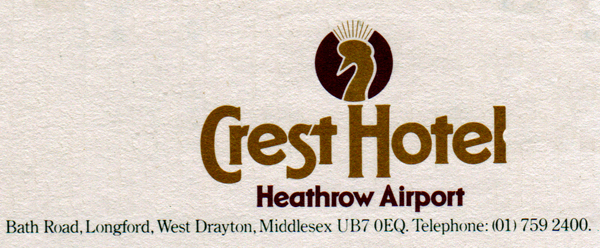 |
|
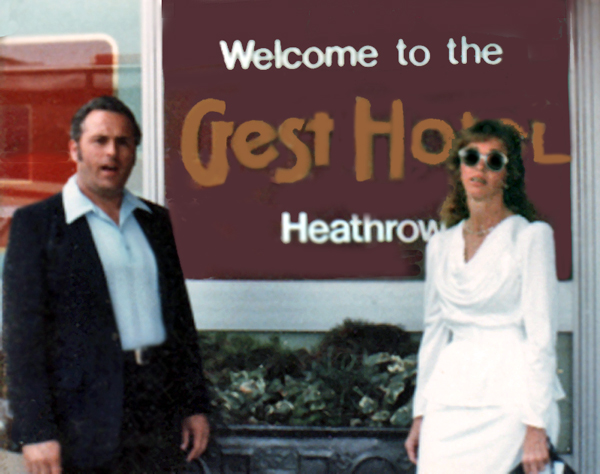 |
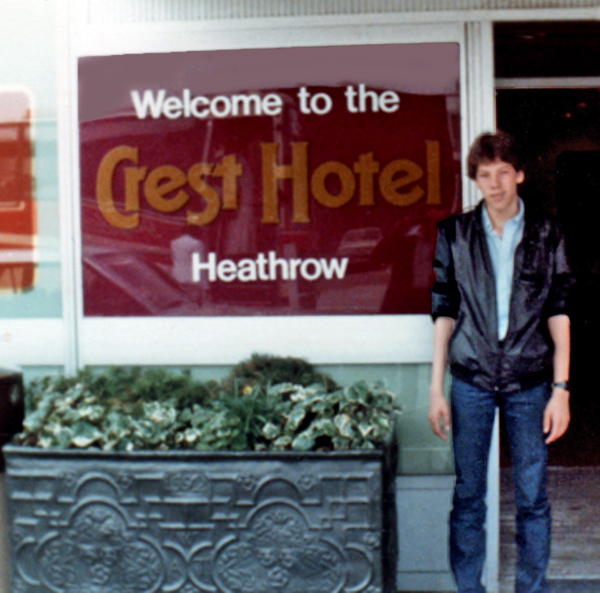 |
Below: Brian Duquette with his mom. |
|
 |
|
 |
|
.jpg) |
 |
Below: One of several people with spiky
hairdos. |
Below: Ben Franklin statue |
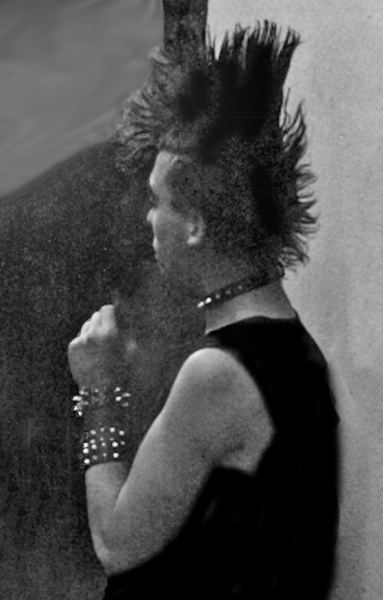 |
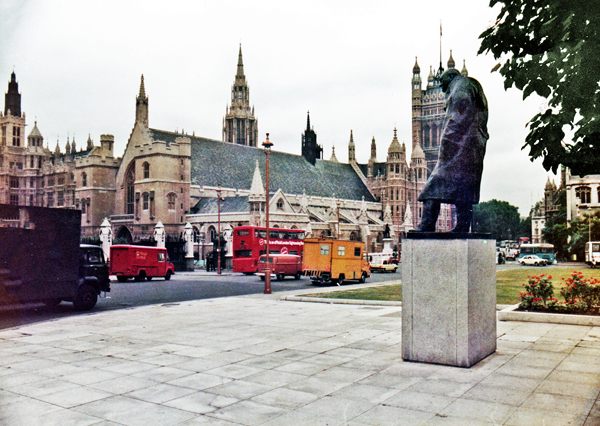 |
Below: Big Ben was under construction on the date that the Duquette's were here. |
|
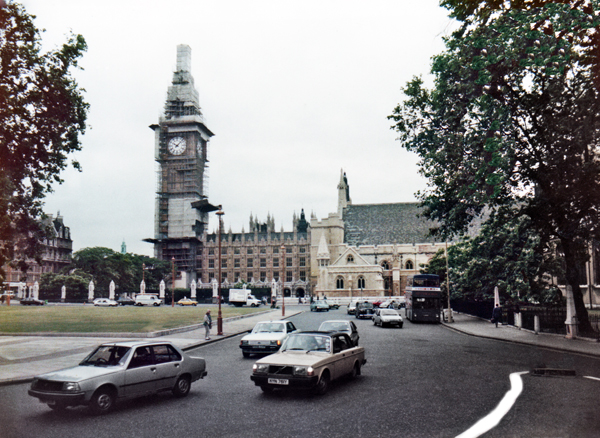 |
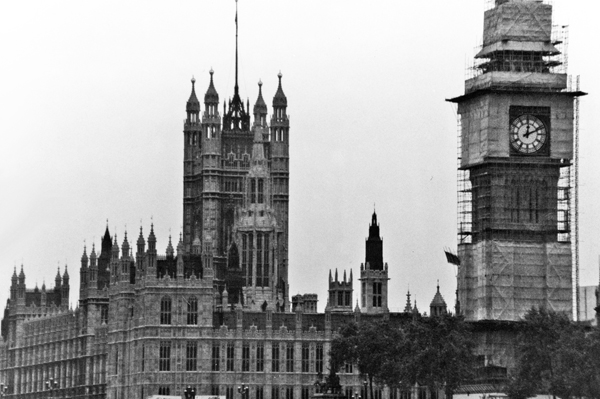 |
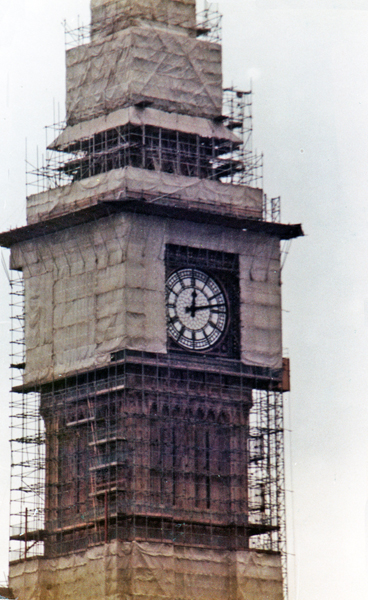 |
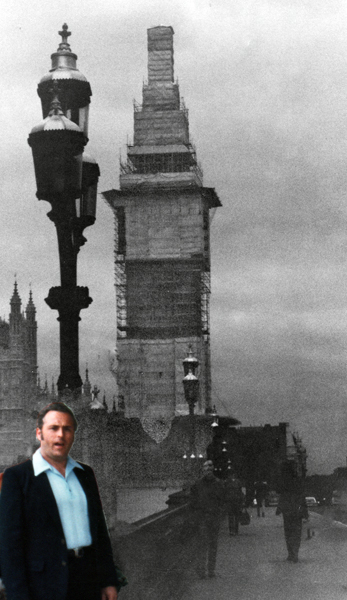 |
Below: London Bridge near Big Ben, is over 100 years old, and one of the busiest bridges over the Thames River. The Houses of Parliament, with the Big Ben clock tower at the bridge end and the Victoria Tower at the other, were built about the same time as the bridge. |
|
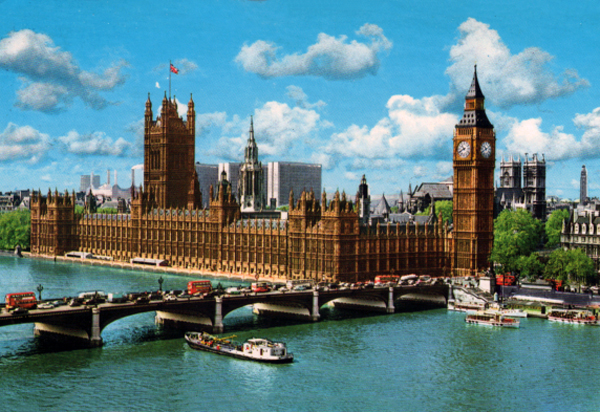 |
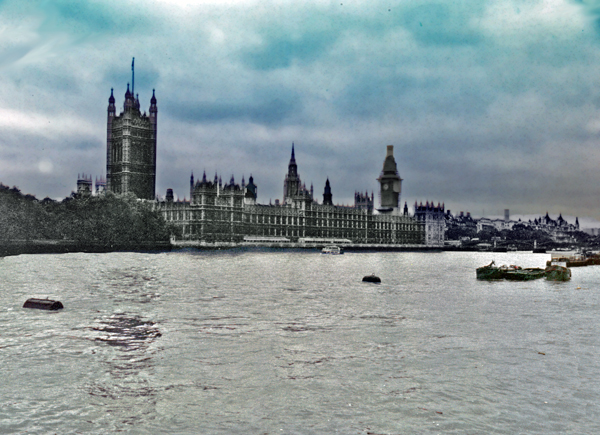 |
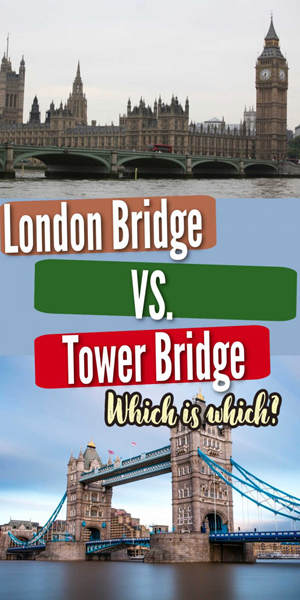 |
|
Below: The Tower Bridge is a Grade I listed combined bascule and suspension bridge in London, built between 1886 and 1894. It crosses the River Thames close to the Tower of London. The bridge was constructed to give better access to the East End of London, which had expanded its commercial potential in the 19th century. The bridge was opened by Edward, Prince of Wales and Alexandra, Princess of Wales in 1894.The bridge is 800 feet in length and consists of two 213-foot bridge towers connected at the upper level by two horizontal walkways, and a central pair of bascules that can open to allow shipping. Originally hydraulically powered, the operating mechanism was converted to an electro-hydraulic system in 1972. The bridge is an important traffic route with 40,000 crossings every day. The bridge deck is freely accessible to both vehicles and pedestrians, whereas the bridge's twin towers, high-level walkways, and Victorian engine rooms form part of the Tower Bridge Exhibition. |
|
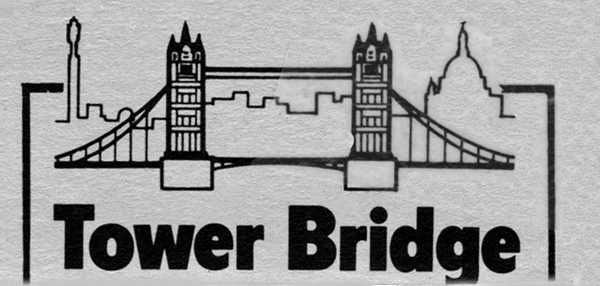 |
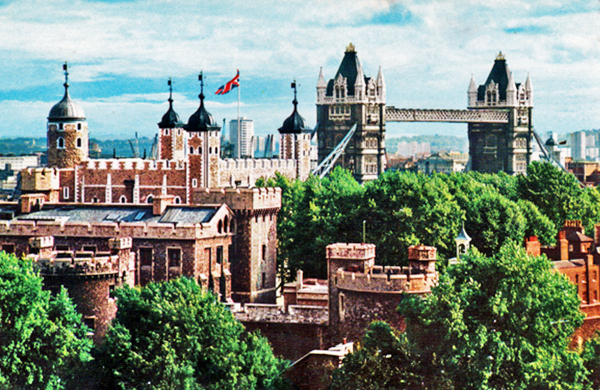 |
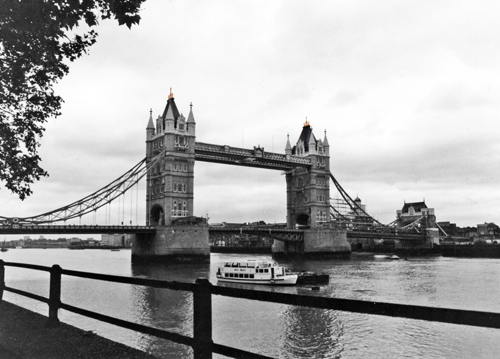 |
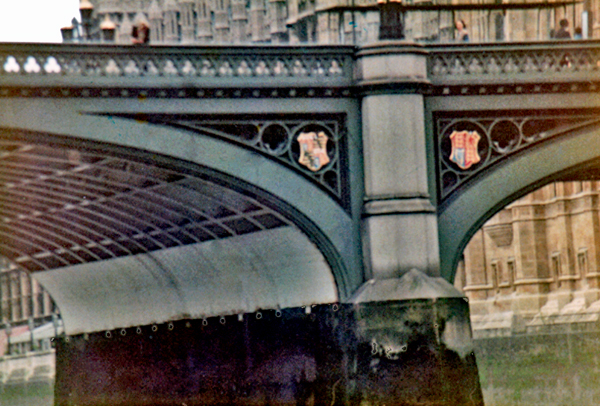 |
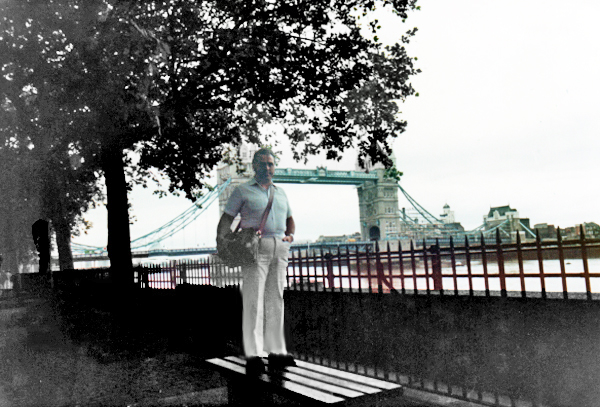 |
|
Below: The Tower of London, officially His Majesty's Royal Palace and fortress of the Tower of London, is a historic castle on the north bank of the River Thames in central London, England. |
|
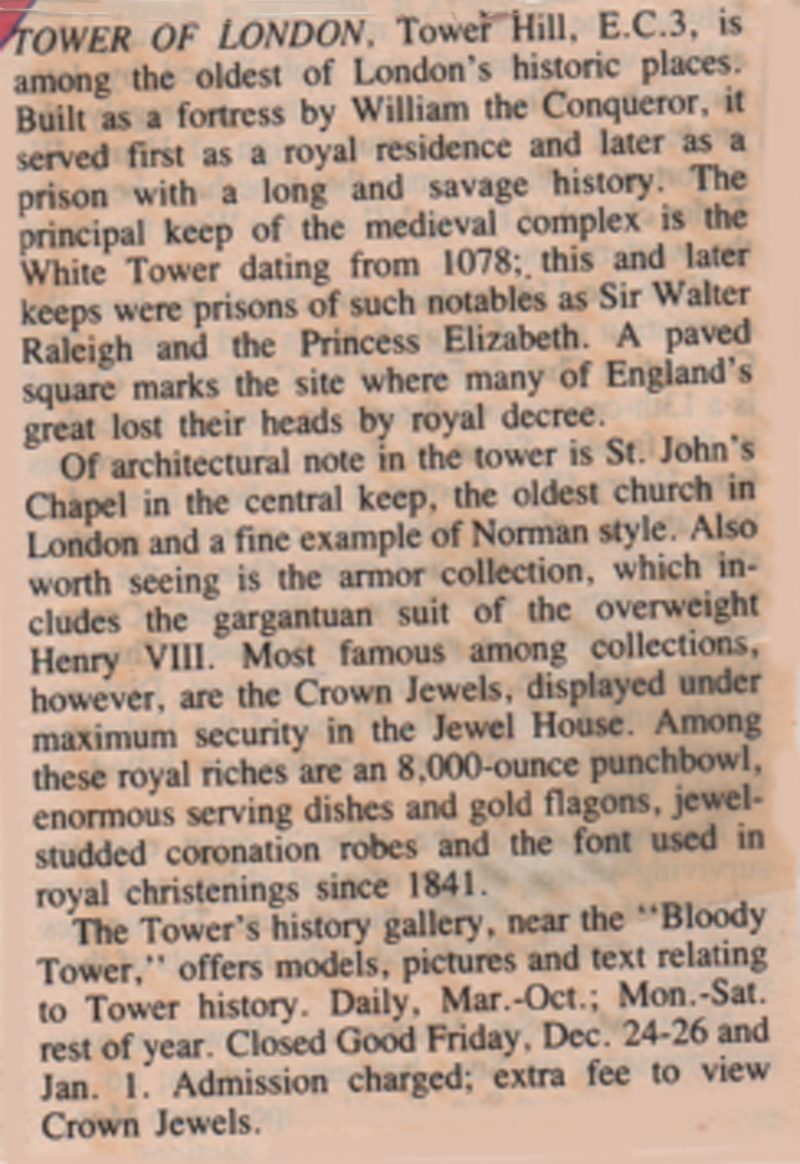 |
|
The Tower of London, officially His Majesty's Royal Palace and Fortress of the Tower of London, is a historic castle on the north bank of the River Thames in central London, England. It was founded toward the end of 1066 as part of the Norman Conquest. The White Tower, which gives the entire castle its name, was built by William the Conqueror in 1078 and was a resented symbol of oppression, inflicted upon London by the new Norman ruling class. The castle was also used as a prison from 1100 until 1952, although that was not its primary purpose. A grand palace early in its history, it served as a royal residence. As a whole, the Tower is a complex of several buildings set within two concentric rings of defensive walls and a moat. There were several phases of expansion, mainly under kings Richard I, Henry III, and Edward I in the 12th and 13th centuries. The general layout established by the late 13th century remains despite later activity on the site.The Tower of London has played a prominent role in English history. |
|
 |
|
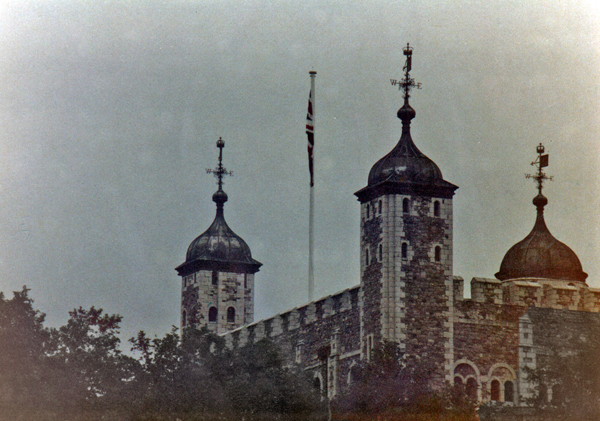 |
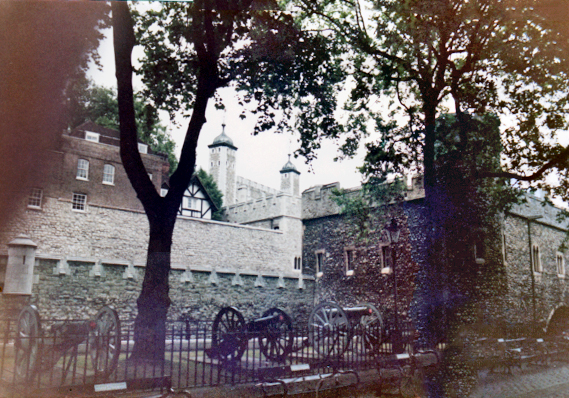 |
Below: The Crown Jewels were on public display inside the Jewel House at the Tower of London. |
|
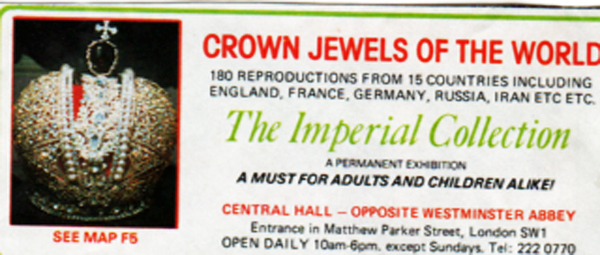 |
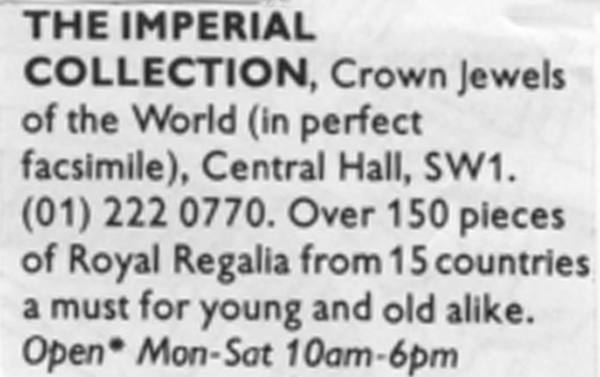 |
Below: Brian Duquette admiring the Crown Jewels of the World - the Imperial Collection |
|
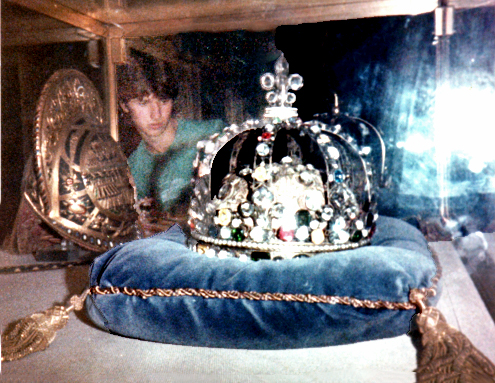 |
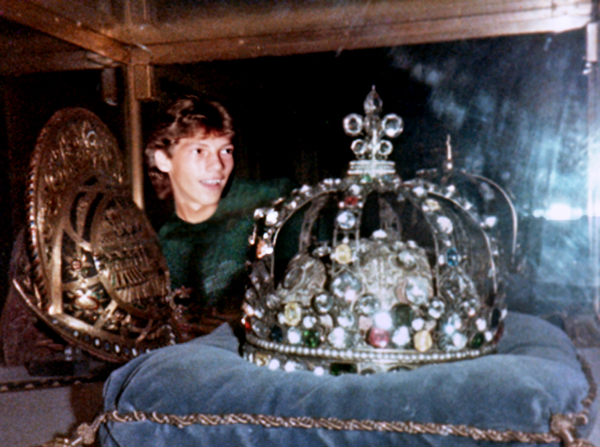 |
Originally, London was one-square mile big with a wall around it. The photo below is all that is left of the original Wall of London. |
|
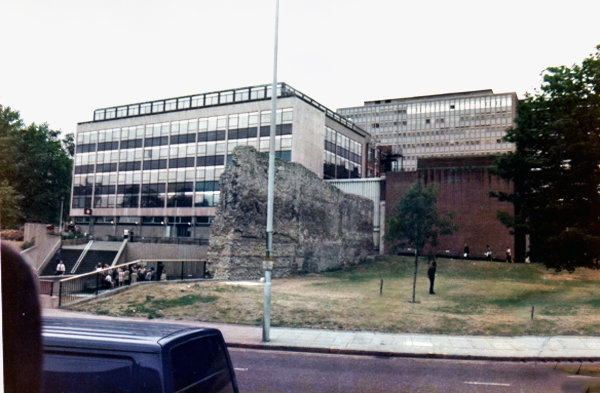 |
|
|
|
Below: Buckingham Palace |
|
 |
|
Below: An aerial view of Buckingham Palace (photo from Wikipedia, the free encyclopedia) |
|
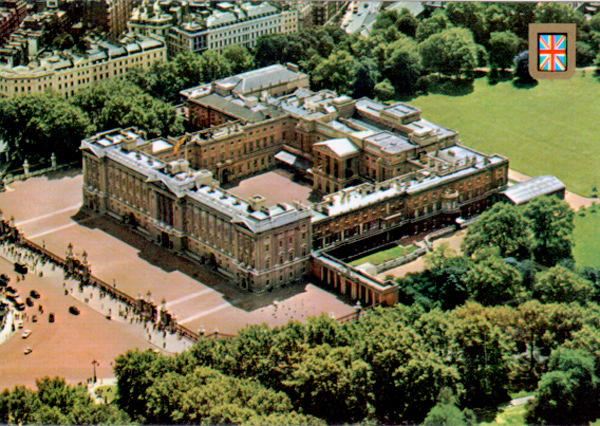 |
|
Below: 1984 photos of Buckingham Palace by Karen Duquette. The East wing public facade, enclosing the courtyard, was built between 1847 and 1850. It was remodeled to its present form in 1913. |
|
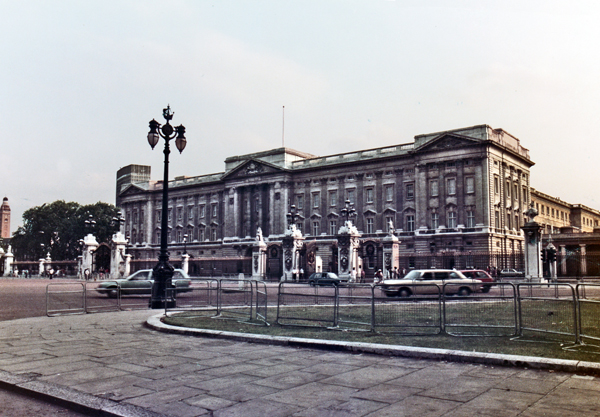 |
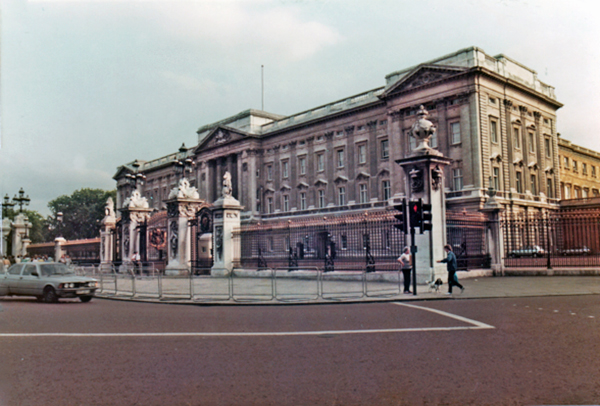 |
Below: The Victoria Memorial is a monument to Queen Victoria, located at the end of The Mall in London by the sculptor (Sir) Thomas Brock. Designed in 1901, it was unveiled on 16 May 1911, though it was not completed until 1924. It was the centre piece of an ambitious urban planning scheme, which included the creation of the Queen’s Gardens to a design by Sir Aston Webb, and the refacing of Buckingham Palace (which stands behind the memorial) by the same architect.The Victoria Memorial has an elaborate scheme of iconographic sculpture. The central pylon of the memorial is of Pentelic marble, and individual statues are in Lasa marble and gilt bronze. The memorial weighs 2,300 tonnes (about 2535 short tons) and is 104 feet in diameter. |
|
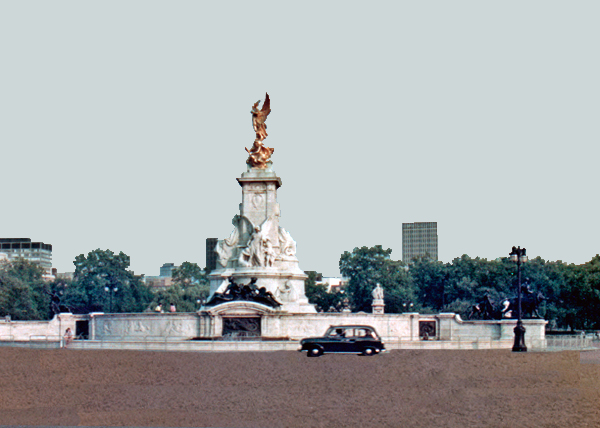 |
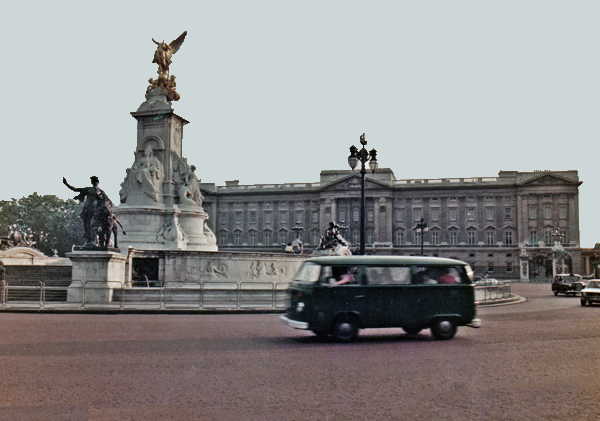 |
Below; The Victoria Memorial
photo from the internet |
|
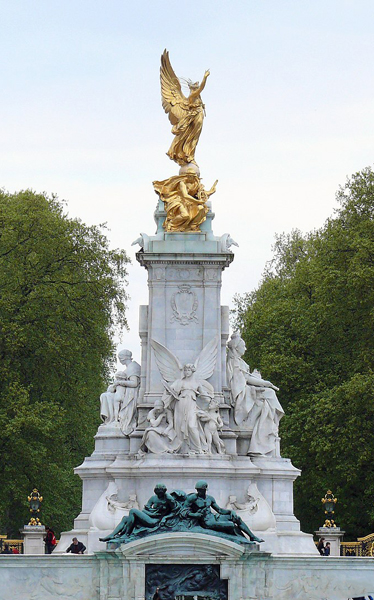 |
|
Below: Cleopatra's Needle along Victoria Embankment, part of the Thames Embankment, a road and river-walk along the north bank of the River Thames in London |
Below: Lee Duquette |
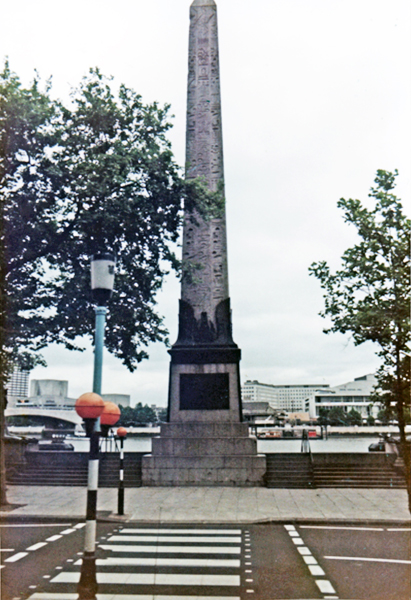 |
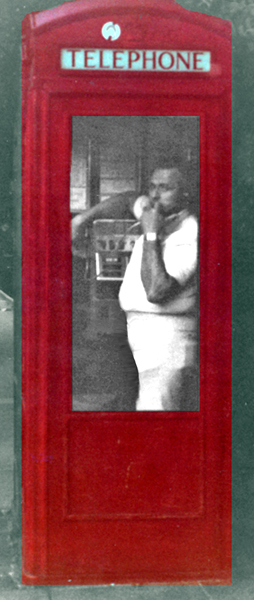 |
Below: A Bobby |
Below: A street in London |
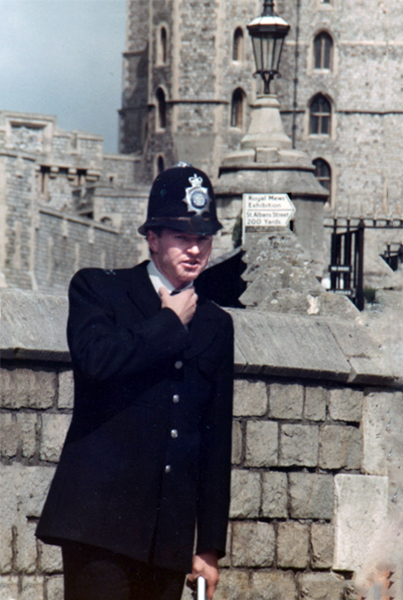 |
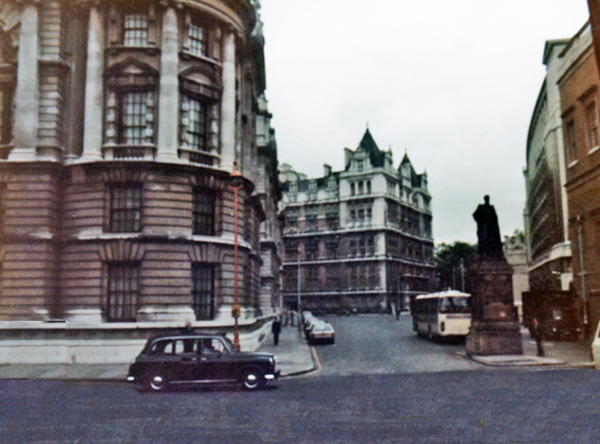 |
Below: A Statue of the Queen |
|
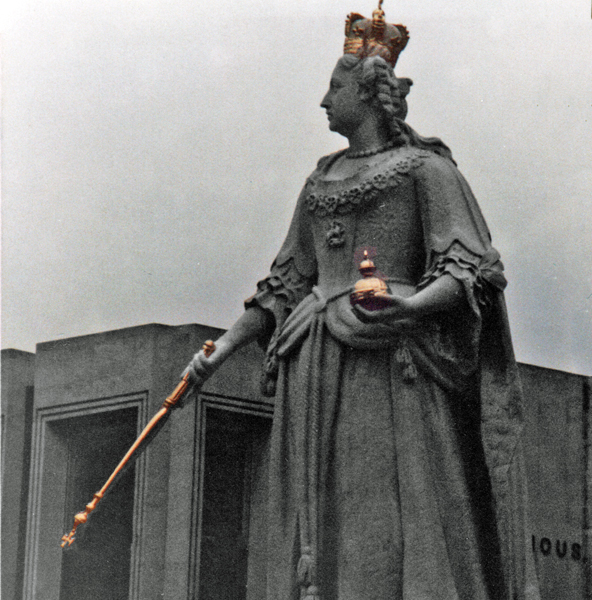 |
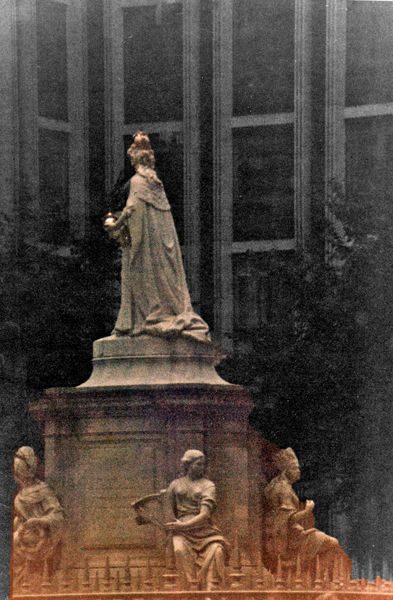 |
 |
|
Below: The royal gate at Westminster Abbey, formally titled the Collegiate Church of Saint Peter at Westminster, is an Anglican church in the City of Westminster, London, England. Since 1066, it has been the location of the coronations of 40 English and British monarchs, and a burial site for 18 English, Scottish, and British monarchs. At least 16 royal weddings have taken place at the abbey since 1100, as of this date. (and surely there will be lots more to come) |
|
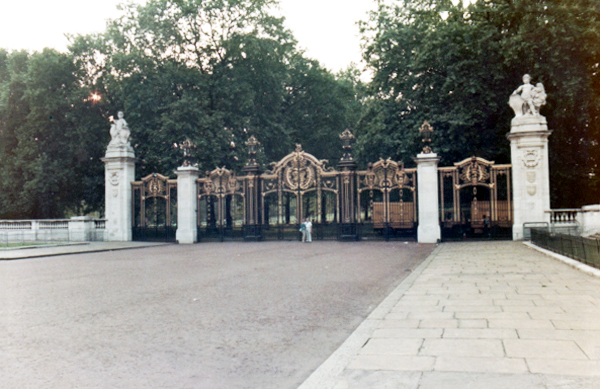 |
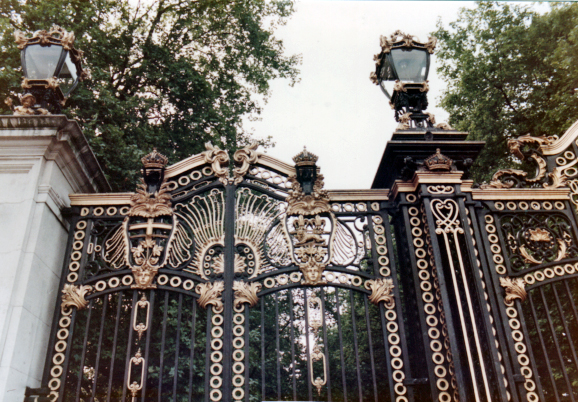 |
Below: Gardens at Westminster Abbey |
Below: Guard at Westminster Abbey |
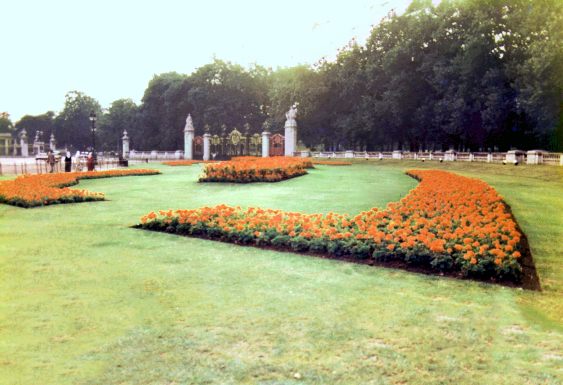 |
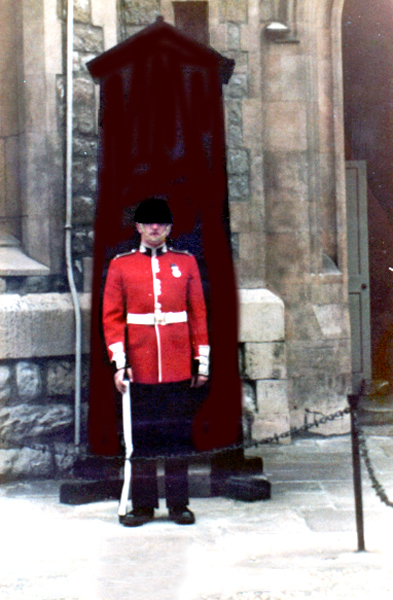 |
Below: A Windsor Castle Guard |
|
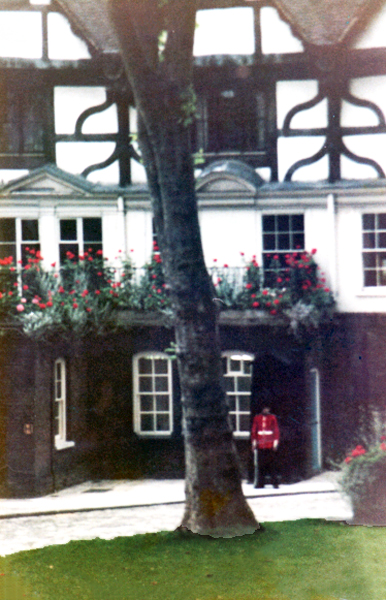 |
|
Below: Windsor Castle - where Royalty lived for many hundreds of years is still one of the favorite homes of the Queen. The first photo below is an overview of the castle. |
|
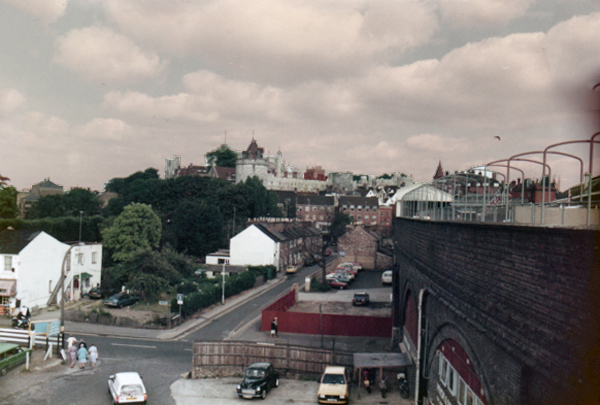 |
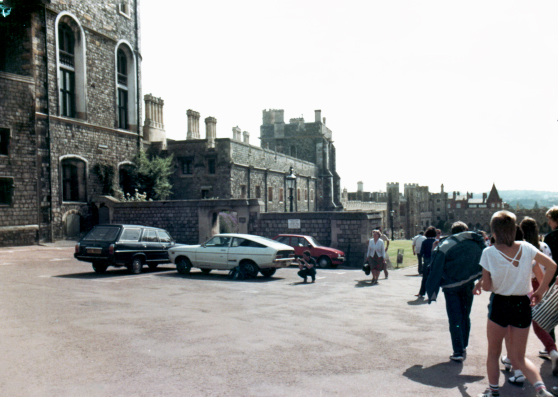 |
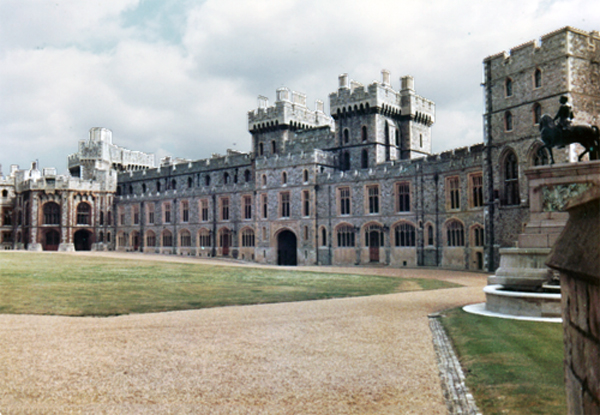 |
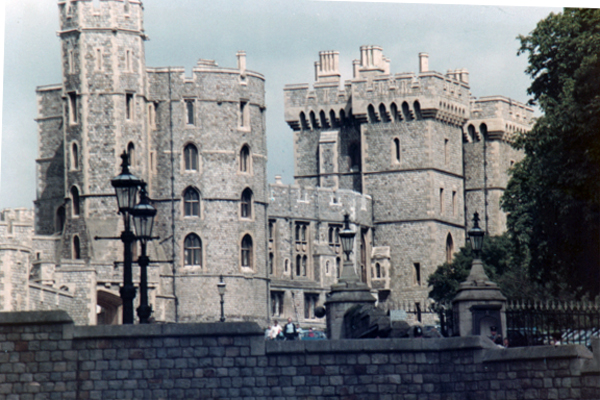 |
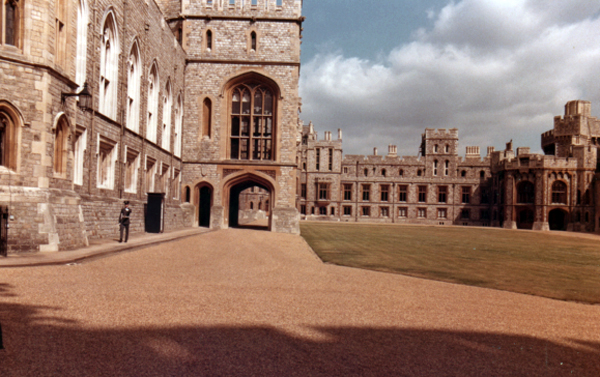 |
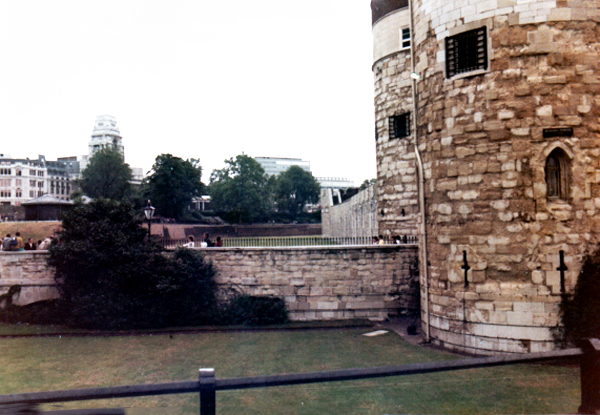 |
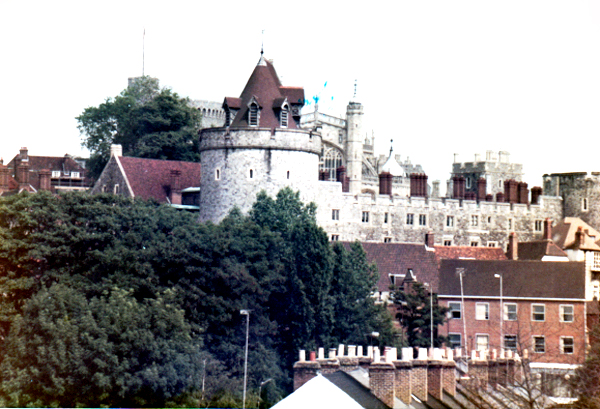 |
|
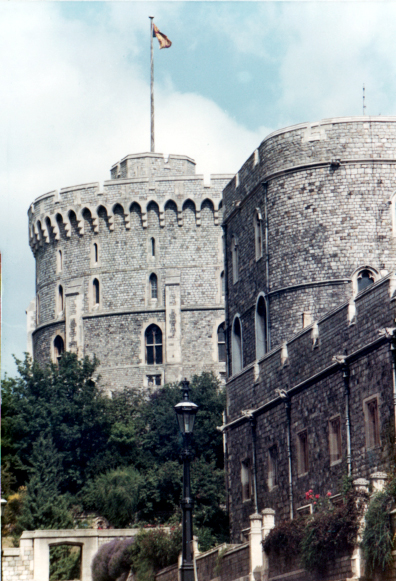 |
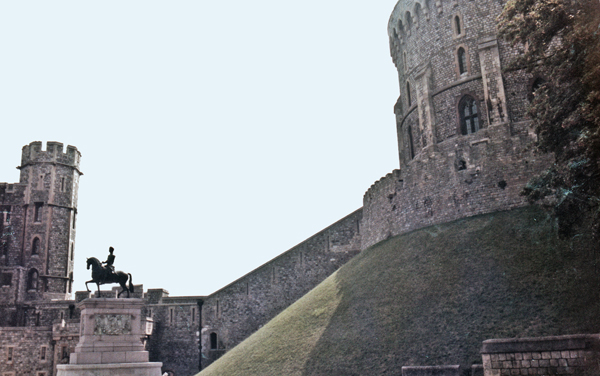 |
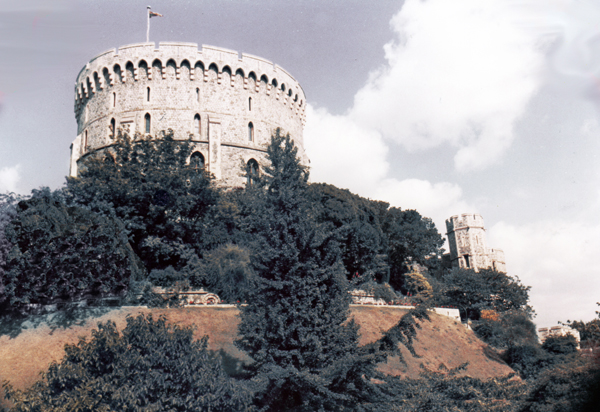 |
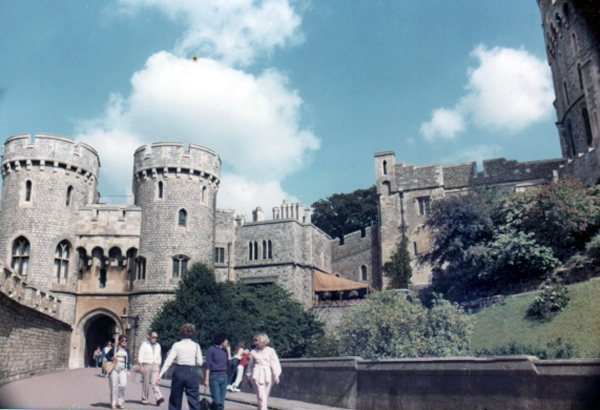 |
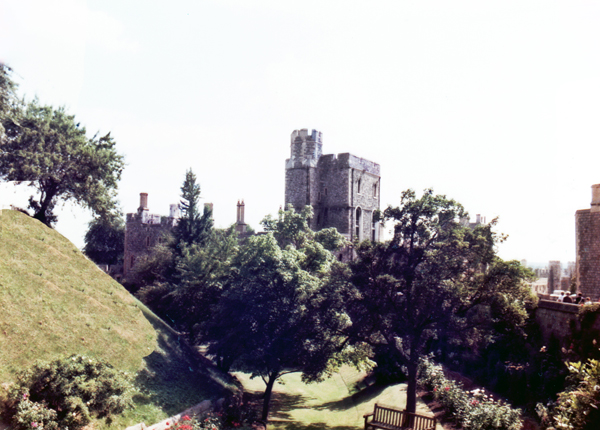 |
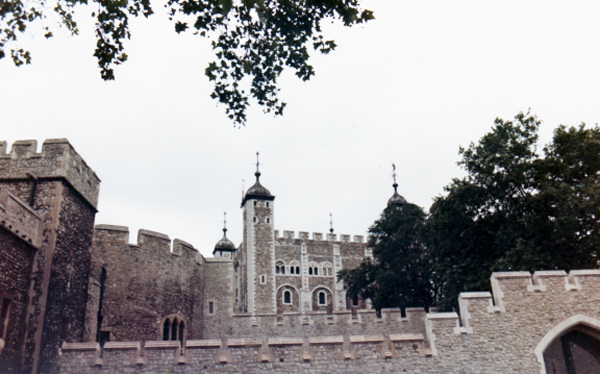 |
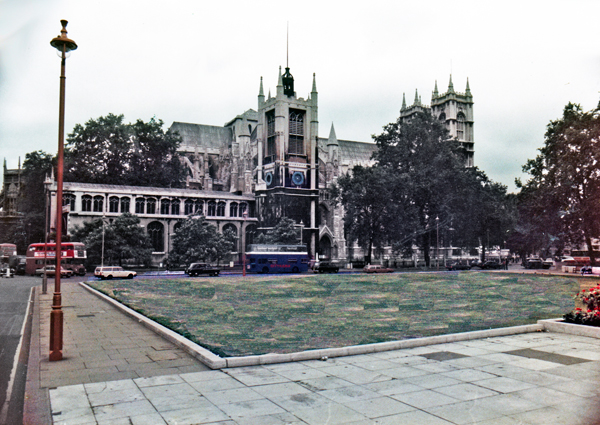 |
|
Below: Karen, Lee and Brian Duquette went to a comedy show |
|
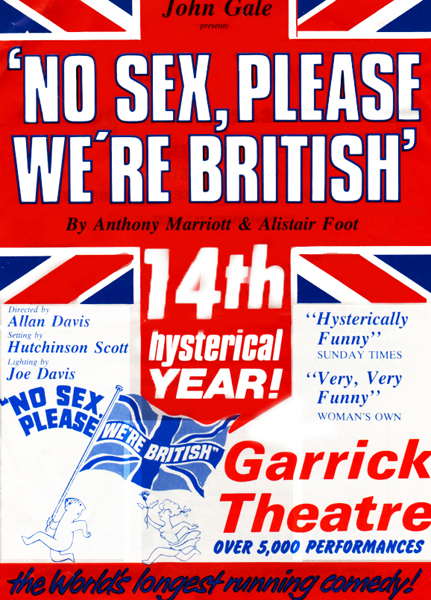 |
|
|
Note: Many people slept out in the open on the
grass or under the bridges in London. Many people did nude sunbathing.
There was even a very, very, very old lady undressed form the waist
up, washing herself in the river. |
|
 Karen
and Lee Duquette and their son
Karen
and Lee Duquette and their son
 Below:
The London Wall is a defensive wall first built by the Romans around
the strategically important port town of Londinium in c. AD 200. London
was, from around 120–150, protected by a large fort, with a large garrison,
that stood to its north-western side. The fort, now referred to as the
Cripplegate Fort, was later incorporated into a comprehensive city wide
defense, with its strengthened northern and western sides becoming part
of the Wall which was built around 200. The incorporation of the fort's
walls gave the walled area its distinctive shape in the north-west part
of the city.
Below:
The London Wall is a defensive wall first built by the Romans around
the strategically important port town of Londinium in c. AD 200. London
was, from around 120–150, protected by a large fort, with a large garrison,
that stood to its north-western side. The fort, now referred to as the
Cripplegate Fort, was later incorporated into a comprehensive city wide
defense, with its strengthened northern and western sides becoming part
of the Wall which was built around 200. The incorporation of the fort's
walls gave the walled area its distinctive shape in the north-west part
of the city.